
1. New Clam Species Discovered in South Africa’s Kelp Forests
South Africa — A groundbreaking discovery has emerged from the depths of South Africa’s western coast: a new species of galeommatoidean bivalves found nestled within the region’s vibrant kelp forests. Led by Paul Valentich-Scott from the Santa Barbara Museum of Natural History, in collaboration with researchers from the University of Cape Town, Sea Change Trust, Stellenbosch University, and the University of Colorado Boulder, the study delves into the intricate ecosystems and taxonomy of these enigmatic marine mollusks. Published in the esteemed journal ZooKeys, the research highlights four species. Of particular intrigue is Brachiomya ducentiunus, a diminutive clam measuring a mere 2 mm (less than 1/8th inch) in length. The researchers aim to bolster marine biodiversity knowledge and advance conservation efforts for these unique habitats.
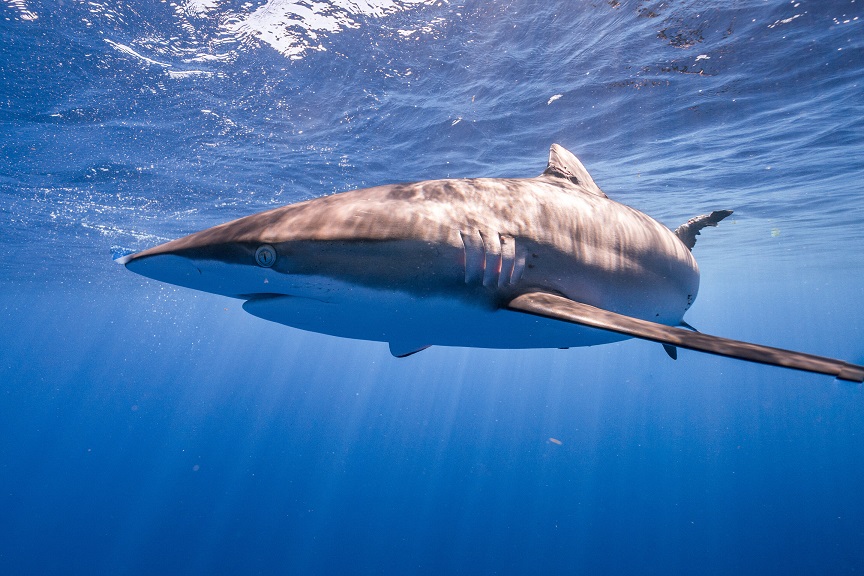
2. CITES Study Reveals Inconsistent Reporting of Shark and Ray Trade
A review, commissioned by the CITES Secretariat with funding from the EU, highlights the challenges in conserving sharks and ray species. It emphasises the importance of improving the accuracy and comparability of shark and ray trade data, ultimately leading to more effective conservation strategies for these species. The study found that different countries and organisations use varying units of measurement, leading to discrepancies in reported data.
It also identified a lack of clarity on reporting requirements for certain types of catches and inconsistencies in how catches from different territories are reported. One of the main findings is the widespread underreporting of CITES-listed shark and ray species. The study also calls for increased collaboration between international organizations to standardize data collection and reporting practices, including mandating reporting by weight and at the species level, and adopting internationally recognized coding systems.
Thank you for your generous gift that will help us continue the production of this weekly, free publication

3. New Study Reveals Tiny Plastic Particles May Boost Risk of Major Diseases
As rising global levels of micro- and nanoplastics (MnPs) are absorbed into the human body, people may be at increased risk from cancer, diabetes, cardiovascular disease, and chronic lung disease, a new study reveals. These non-communicable diseases (NCD) are linked to inflammatory conditions in the body’s organs, with an increase in MnPs and their leachates in digestive and respiratory systems.
Publishing their findings in Cell Reports Medicine, an international group of researchers is calling for a global integrated One Health approach to human health and environmental research to reveal the environmental mechanisms behind the rise in human MnP exposure and the particles’ links with NCDs. Lead author Professor Stefan Krause, from the University of Birmingham, commented: “Plastic pollution has increased globally – making it critical that we understand the overall health risks associated with MnP exposure.”
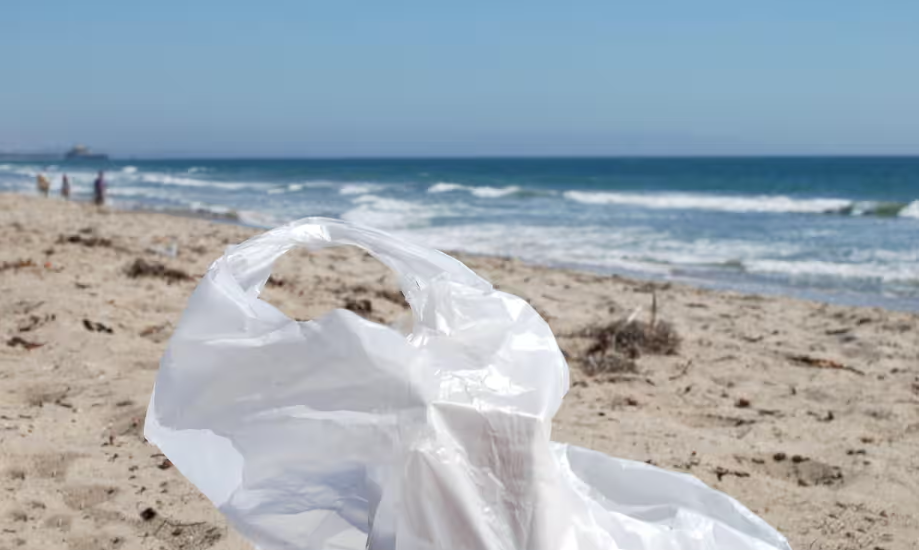
4. Mandatory Fee = 80% Decrease in Plastic Bags Found On UK Beaches
Over the span of a decade, the amount of plastic bags on UK beaches has dropped by 80%. This drop is largely attributable to a mandatory fee that requires large UK retailers to charge customers for using single-use plastic bags at the checkout. To elaborate, in 2011-2015, various laws were implemented to impose this fee, and since then, the Marine Conservation Society’s annual litter survey has reported findings that suggest these laws are making a positive impact.
For example, volunteers last year discovered an average of one plastic bag every 100 metres of coastline, which is impressive compared to the average of five carrier bags found every 100 metres in 2014. Now, all four UK nations have expressed interest in pushing forward to charge for more single-use items, however, movement on these efforts has been delayed until 2027.
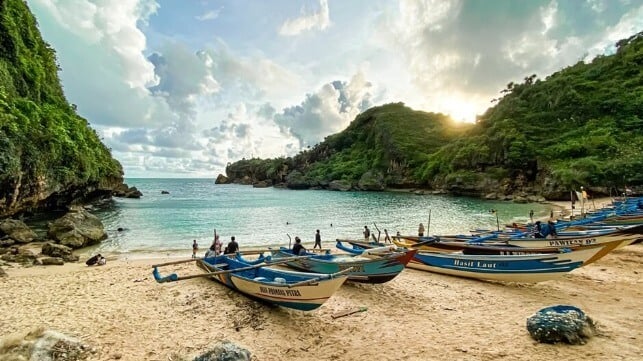
5. Will “Loss and Damage” Climate Funds Reach Fishermen?
Some experts fear a much-hailed Loss and Damage Fund to compensate for damage caused by climate change faces significant hurdles if it is to address damage wrought on oceans and some of the world’s poorest people in coastal least-developed countries (LDCs) and small island developing states (SIDS). Calls have grown for richer countries responsible for the bulk of historical greenhouse gas emissions to provide money to poorer ones in the form of climate finance.
So far, this money has gone largely towards climate change “mitigation” to reduce greenhouse gas emissions and “adaptation,” like building stronger sea walls. Payments for “ loss and damage” incurred due to climate change have proven more controversial. While the fund has been instructed to ring fence money for coastal least-developed countries (LDCs) and small island developing states (SIDS), such countries may be poorly placed to make claims.
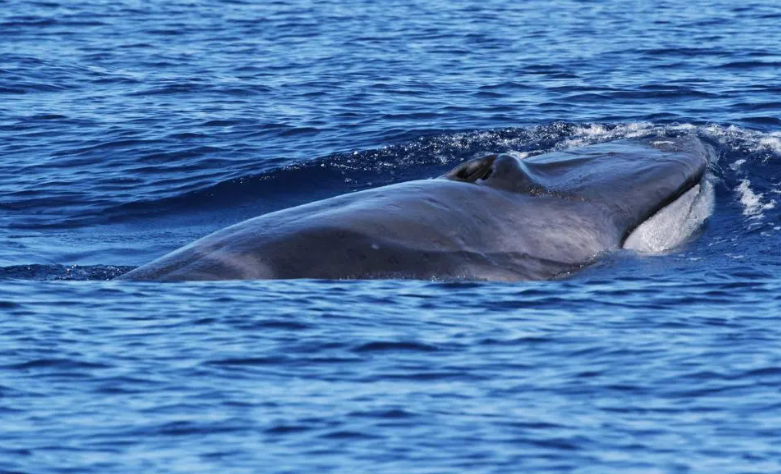
6. From Hunted To Loved: Unlocking Shy Whale Secrets In the Philippines
In the tropical seas of the southern Philippines, researchers are racing to document rare, shy whales: Bryde’s whale, Omura’s whale, and pygmy blue whales. Principal Investigator, Jo Marie Acebes, explains that her team’s main objective was to monitor the occurrence of these whales through boat-based surveys and photo identification in the Bohol Sea. Acebes explains that the area used to be a whaling ground for these species until 1997. Since then former whalers and their families began whale and dolphin watching tours and in the past five to six years, tourist numbers have lifted since sightings of these large whales have increased. On the other side of the Pacific Ocean, another grassroots effort to protect shy marine giants is underway in Peru: researchers are protecting a population of Whale Sharks by redefining local fisher’s relationship with these massive fish.
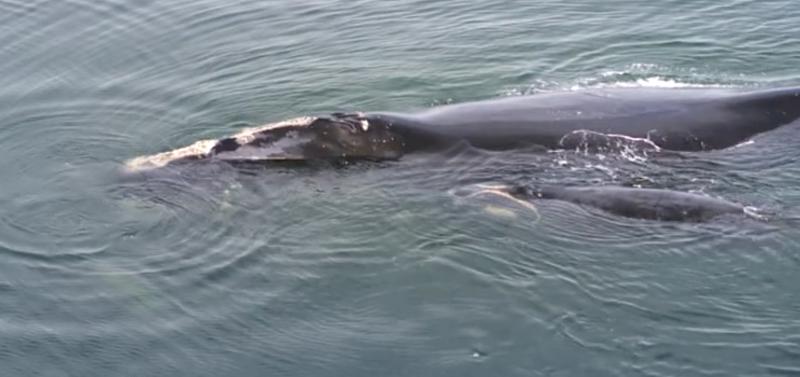
7. Steps Proposed to Reduce Right Whale Vessel Strikes
Looking to further reduce the likelihood of mortalities and serious injuries from vessel strikes, the National Marine Fisheries Service has proposed amendments to the existing North Atlantic right whale vessel speed rule. As proposed, most vessels 35 feet or longer would be required to transit at 10 knots or less within proposed seasonal speed zones.
According to a notice published July 10 by the state’s Delaware Coastal Management Program, the proposed rule would modify the boundaries and timing of seasonal speed restrictions, create a Dynamic Speed Zone program, extend the size threshold of regulated vessels, and update the speed rule’s safety deviation provision. Comments concerning this Federal Consistency Determination were accepted through Tuesday, July 30. Vessel strikes are a leading cause of the species’ decline and a primary factor in an ongoing unusual mortality event.
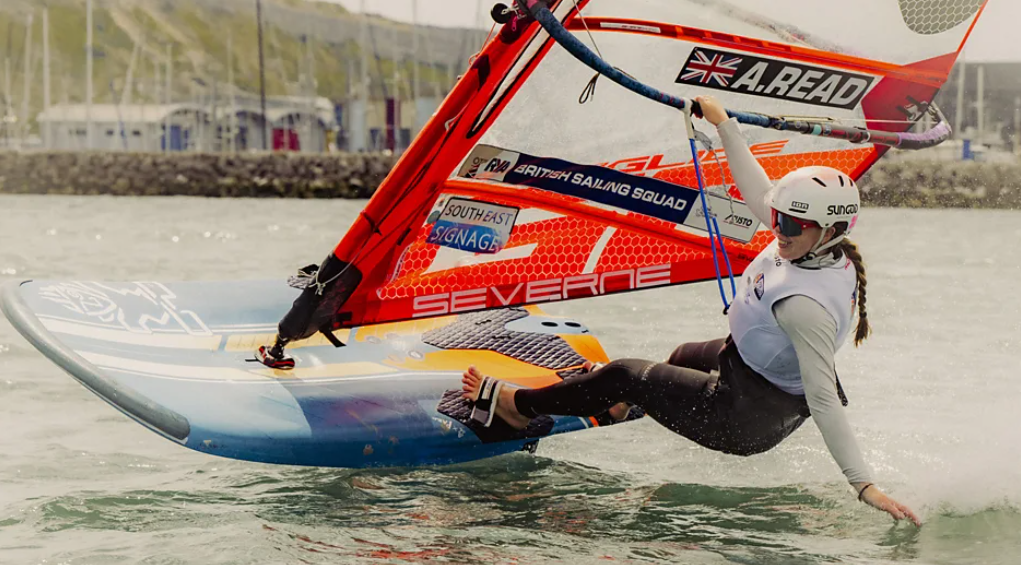
8. The Olympic Windsurfers and Rowers Fighting Invasive Alien Species
Aliens are creeping across oceans, up rivers, and along streams. Invasive non-native species are thriving, often outcompeting native ones, and have been identified as one of the top drivers of global biodiversity loss. A few years ago, British windsurfer Alice Read left the windsurfing scene to study for a degree in ocean science and marine conservation at the University of Plymouth, which she completed in 2021.
Today she is an ambassador for The Green Blue, a programme created by the Royal Yachting Association and British Marine to promote sustainable boating. Invasive species can be a particular concern in ports and harbours due to the movement of a large number of boats. In Weymouth Harbour alone, 18 different non-native species were found in 2023. But, says Read, by carrying out a simple “clean, check, dry” procedure we can minimise the introduction and spread of such invasive species.
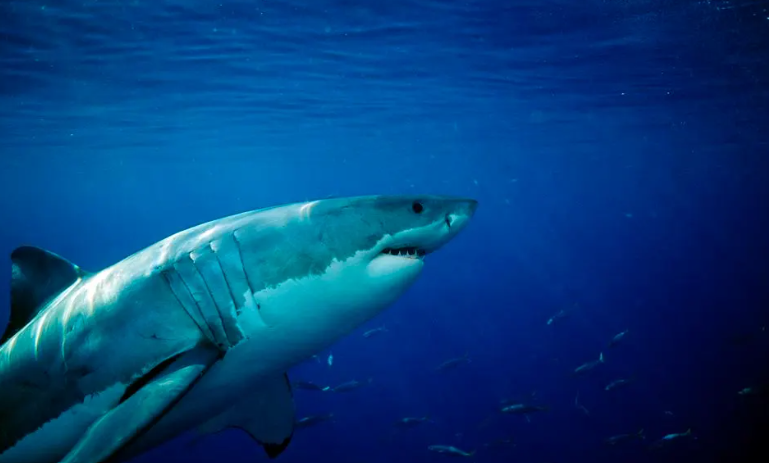
9. Unraveling the Movements of White Sharks
Understanding the movements of animals in their natural habitats is a complex endeavor. However, it is known that internal and external factors shape the movements of great white sharks (Carcharodon carcharias) across different oceanic environments, particularly within aggregations around pinniped colonies. These aggregations are hotspots for feeding opportunities, but it isn’t clear why individual sharks choose specific aggregation areas or how movements differ by sex, size, etc.
In a recent study completed by Dr. Oliver Jewell of Murdoch University, it was discovered that shark “…movements were shaped by the habitats they were swimming within, meaning the sharks behaved differently in different areas regardless of their size or sex,”. In other words, the sharks demonstrated specific movement signatures formed by their location and demographic features. It is important to continue related studies, as comprehending predator movements will allow for improved conservation and management endeavors.
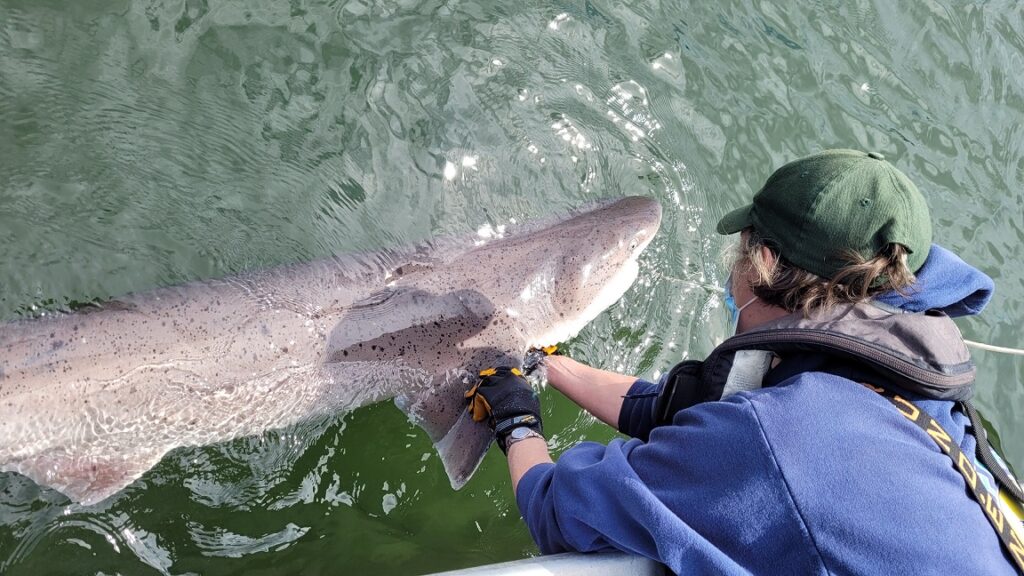
10. Two Shark Species Documented in Puget Sound for First Time
Oregon State University researchers have made the first scientific confirmation in Puget Sound of two distinct shark species, one of them critically endangered. The presence of the broadnose sevengill shark and endangered soupfin shark was documented in the sound, the southern portion of the Salish Sea. (The Salish Sea separates northwest Washington from British Columbia’s Vancouver Island.)
Because the Salish Sea has experienced pervasive shifts in species abundance and composition along with industrialization and significant habitat degradation, the appearance of soupfin sharks may be a result of climate change and changes in prey availability. “Understanding the sevengill presence in this new habitat is crucial for understanding the food webs of the Salish Sea, and it highlights the need for continued monitoring and research — including their relationship with other species of conservation concern, such as salmon,” said Jessica Schulte, of of the authors of the documentation research papers.
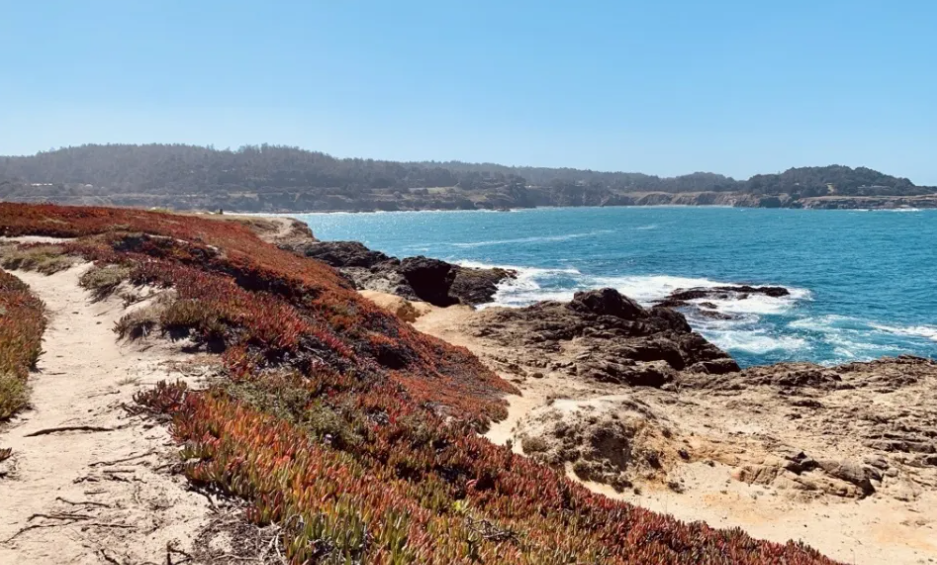
11. $18 Million NOAA Grant To Aid Pacific Coast Ocean Restoration
NOAA has declared the awards for funding under the Transformational Habitat Restoration & Coastal Resilience grant program, including a recommendation for The Nature Conservancy (TNC) California to receive $18 million over the span of three years to launch the Pacific Coast Ocean Restoration Initiative (PCOR). This initiative will attempt to restore and recover degraded Californian marine ecosystems.
To expand upon this, with the funding, TNC and statewide partners can work towards recovering the endangered white abalone and the critically endangered sunflower sea star. Additionally, it will advance restoration efforts for California’s kelp forests and will also support a marine conservation workforce development program collaboration with Mendocino College. Considering these plans, PCOR displays a new, optimistic model for coordinated marine restoration and endangered species recovery that promises advancements in ensuring the welfare of California’s coastal ecosystems in the future.
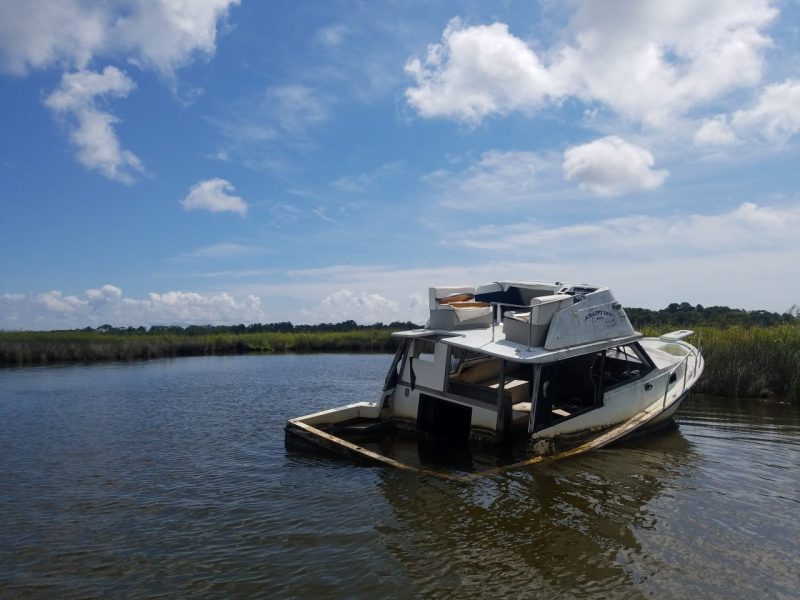
12. NOAA Awards $7.5 Million Grant To Remove Abandoned and Derelict Vessels From Nation’s Waterways
NOAA’s Marine Debris Program has bestowed the Boat Owners Association of the United States Foundation (BoatUS) with a $10 million grant to pilot an abandoned and derelict vessels (ADVs) cleanup endeavor in U.S. coastal waterways and the Great Lakes. In an effort to clear U.S. waterways of abandoned and neglected boats, BoatUS is looking for experienced, qualified, and diverse organizations to apply with project proposals for this funding.
The application, due no later than August 12th, is available to any organization or agency that can formulate an effective plan to begin clearing ADVs that are clogging up their local waterways. This is a pressing issue, as ADVs have the potential to create major issues, such as smothering sensitive plants, seeping pollutants into the water, and more. If you are interested in getting involved, application requirements can be found in the attached article.
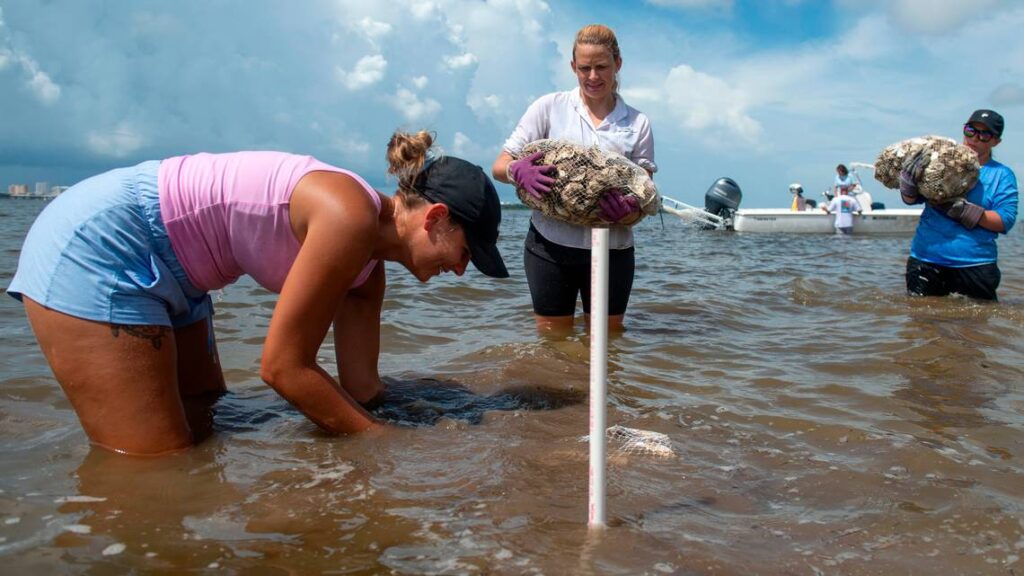
13. Students, Gulf Coast Community Come Together to Try and Save Mississippi Sound
BILOXI, Miss. — On a peninsula in the Back Bay of Biloxi, erosion has eaten away at the marsh, and only a few oysters remain where they once thrived. Tuesday, Virginia Schweiss, a University of Southern Mississippi lecturer of marine conservation, laid a bag filled with oyster shells a few yards offshore. 18,000 pounds of shells later, Schweiss and her students have laid the foundation for a “living shoreline,” a piece of a wider effort to restore the health of the Mississippi Sound.
Living shorelines are a method of stabilizing shorelines while providing the benefits of a natural shoreline. Bulkheads are a traditional approach to preventing erosion using hardened surfaces like concrete and wood to shelter shorelines from wave energy. But many hard bulkheads have been broken by hurricanes, whereas some living shorelines remained in place.
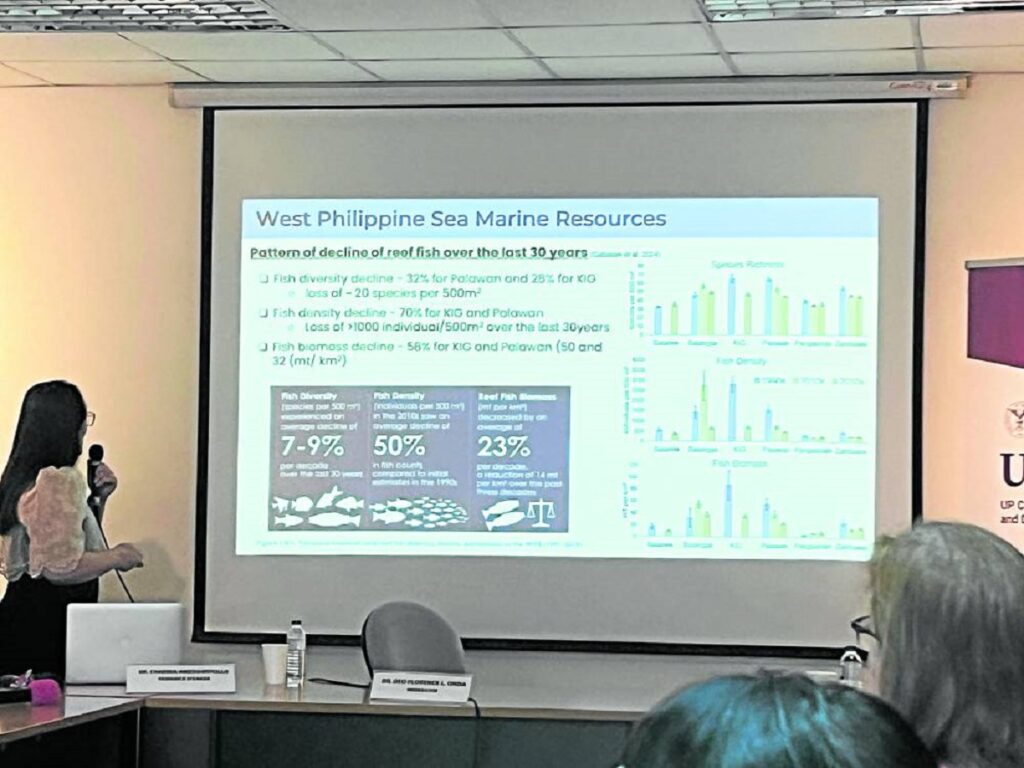
14. Marine Scientists Offer Another Kind of ‘Diplomacy’ in West Philippine Sea
MANILA, Philippines — How does one protect a highly disputed yet threatened marine ecosystem that’s become a flashpoint for geopolitical tensions? For some of the country’s leading marine experts who study the West Philippine Sea (WPS), it means moving beyond political boundaries to push for a cross-regional effort to protect the biodiverse-rich area. It could mean, for example, establishing marine protected areas (MPAs) that can be jointly managed by members of the Association of Southeast Asian Nations who have overlapping maritime claims.
China and the Philippines have recently engaged in a blame game over who has done the most damage to the bigger South China Sea. While China’s construction of artificial islands has destroyed vast swaths of coral reefs, the Philippines’ lack of long-term, comprehensive monitoring and centralized databases on coral reefs and marine life in the WPS and other areas has not helped its case, either.
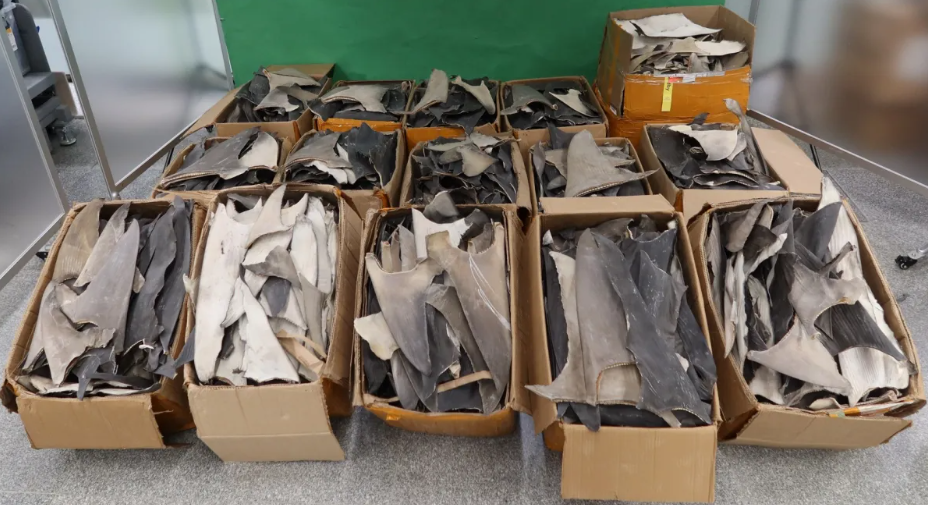
15. Man Jailed for One Year for Importing HK$620,000 Worth of Endangered Shark Fins Illegally
HONG KONG — A man named Lin Yufeng was recently found guilty for illegally importing endangered shark fins from Brazil to Hong Kong. In November of 2023, Yufeng was intercepted by customs officers upon his arrival in Hong Kong. Here, officers found dried shark fins in his checked baggage. Many of the fins in his luggage were regulated under the Protection of Endangered Species of Animals and Plants Ordinance and some were even listed in the Convention on International Trade in Endangered Species of Wild Fauna and Flora (CITES).
Since Yufeng did not possess a valid CITES permit or certificate that would have allowed him to trade these fins, he was sentenced to one year behind bars by Deputy District Judge Veronica Heung. The court also approved The Agriculture, Fisheries and Conservation Department’s request for the fins to be surrendered.
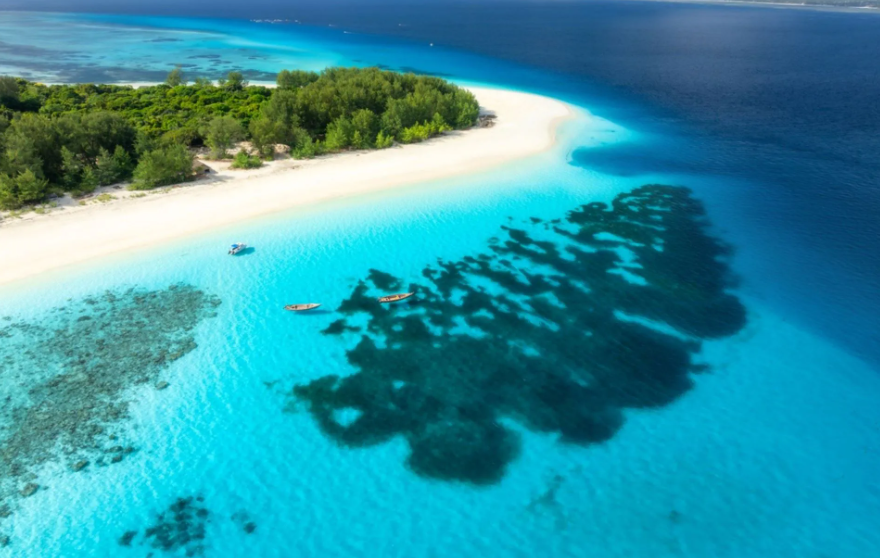
16. Island Community Joins Forces With Conservation Groups to Restore Iconic Natural Wonder
MNEMBA ISLAND, Tanzania — A dedicated group of islanders in Tanzania’s Zanzibar archipelago is on a mission to save their stunning coral reef. Warmer sea temperatures were bleaching and killing the coral. Fishermen using dynamite were also destroying it, along with damage from unregulated tourist boats and divers. The islanders teamed up with the sustainable tourism group &Beyond and the nonprofit Africa Foundation in 2021 and got to work.
They created underwater “nurseries” using mesh tables to grow coral fragments. The locals trained as conservation rangers to learn to tend the nurseries and then replant the coral onto the reef after a few months. The Zanzibar government is so encouraged it plans to expand reef restoration to other threatened areas. While the project can’t stop warmer sea currents, those involved hope their methods can be a model to help protect coral worldwide.
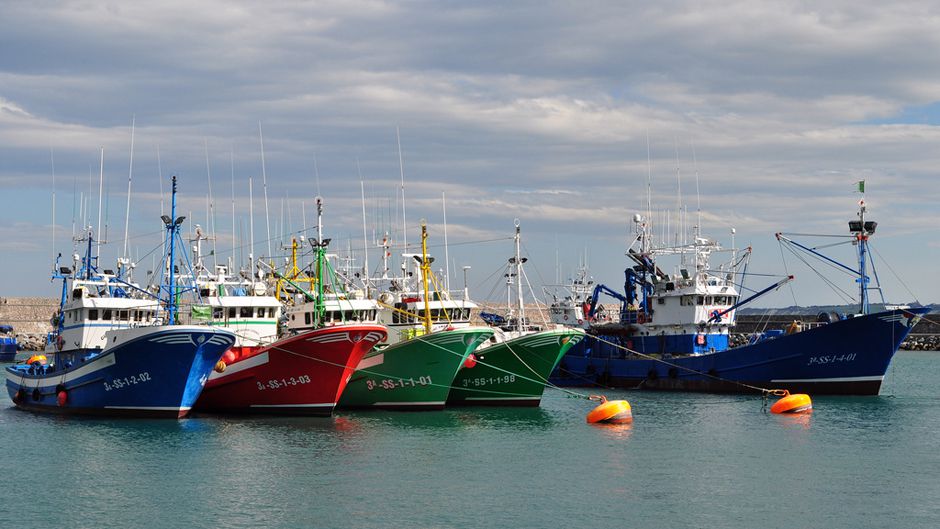
17. Tanzania’s Blue Economy: Sustainable Fisheries Management
Tanzania is taking significant steps towards sustainable fisheries management through its blue economy initiative. The Food and Agriculture Organization (FAO) highlights the country’s efforts to enhance the sustainability of its fisheries sector. This involves implementing policies that promote responsible fishing practices, protect marine biodiversity, and support local communities.
The initiative aims to balance economic growth with environmental conservation, ensuring long-term benefits for both people and nature. The FAO’s support underscores the global importance of sustainable fisheries in achieving food security and economic resilience.
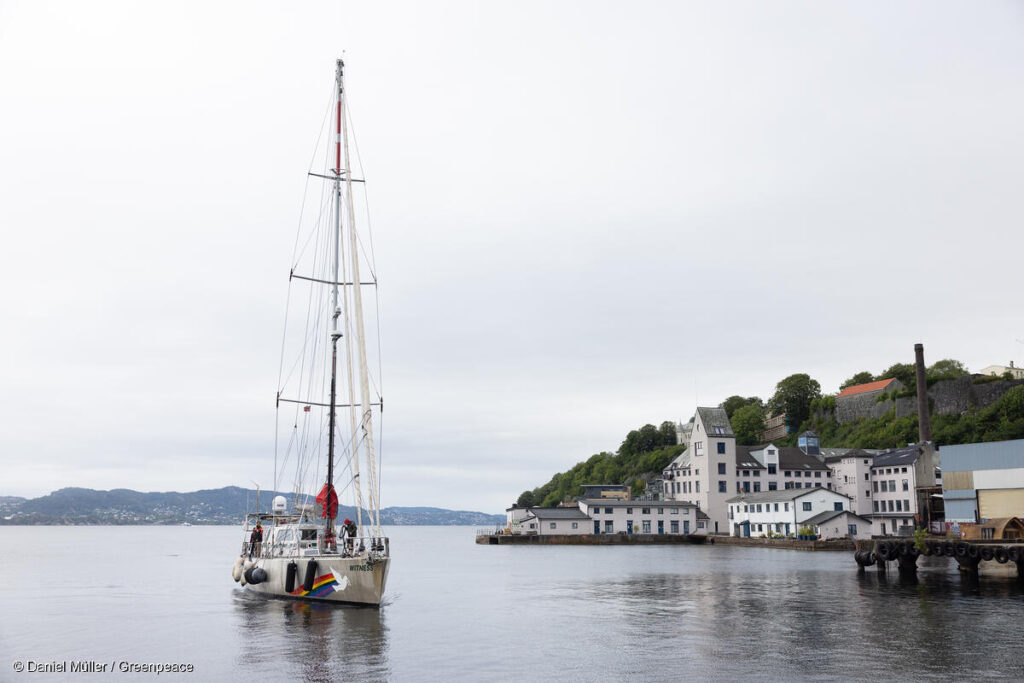
18. Greenpeace Launches Arctic Expedition to Study Vulnerable Marine Mammals in Targeted Deep Sea Mining Area
Bergen, Norway — As the Norwegian government is moving forward with the opening of Arctic waters to deep sea mining exploration, Greenpeace Nordic and Greenpeace Germany are sailing to the mining area in the Norwegian Sea to learn more about the whale and dolphin species in the area that could be. The Norwegian mining companies plan to cut the mineral-rich crust that has been shaped for millions of years, directly from the seamounts, risking centuries-old ecosystems that inhabit these underwater mountains.
The Norwegian plan to mine the seabed has already met huge criticism from the international community. Until very recently, deep sea mining could be seen as a necessary evil for the energy transition, but growing concerns over its environmental damage have contributed to many more governments rejecting deep sea mining in the past year.
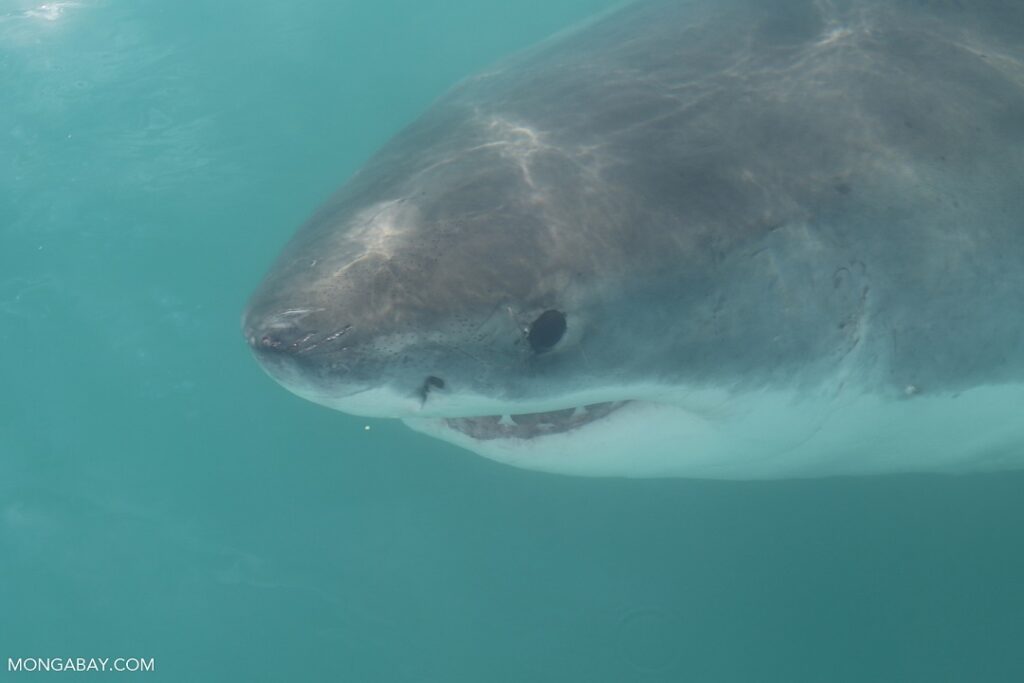
19. Foreign Ship Caught Illegally Fishing Endangered Sharks off Madagascar
A fishing vessel from Sri Lanka, sailing under a Kenyan flag, was recently seized and impounded for illegally fishing endangered sharks in the Mozambique Channel, off the coast of Madagascar. The ship, named the Maab Aqua, was discovered fishing without a license. In the ship’s hull, authorities found 5,200 kilograms (11,464 pounds) of whole sharks, 70 kilograms (154 pounds) of shark fins, and 135 kilograms (297 pounds) of salted sharks.
The illegally killed sharks include white sharks, whitetips, blacktips, hammerheads, and gray sharks. The crew aboard the ship has pled guilty and agreed to pay a fine of 5.4 billion Ariary ($1.2 million). The ship and the haul it contained are valued in the hundreds of thousands of dollars which suggest that criminal profiteering is involved.

20. World Mangrove Day Celebrated in Niger Delta
WARRI, Nigeria — In commemoration of World Mangrove Day, Academic Associates PeaceWorks (AAPW) yesterday joined the global community in celebrating the vital role of mangroves with a call for urgent need for its conservation in the Niger Delta region of Nigeria. It noted that mangroves, as unique coastal ecosystems, play a critical role in maintaining the health and balance of the environment. The group stated, “Our region’s mangroves support the livelihoods of countless communities, offering resources for fishing and agriculture.
Despite their importance, these ecosystems face significant threats from oil spills, deforestation, and industrial pollution. Through our various projects centred on climate change, we continue to educate local communities and the general public about the ecological and economic importance of mangroves, as well as collaborate with government agencies, NGOs, and stakeholders to implement policies that protect mangrove ecosystems and ensure sustainable practices.”
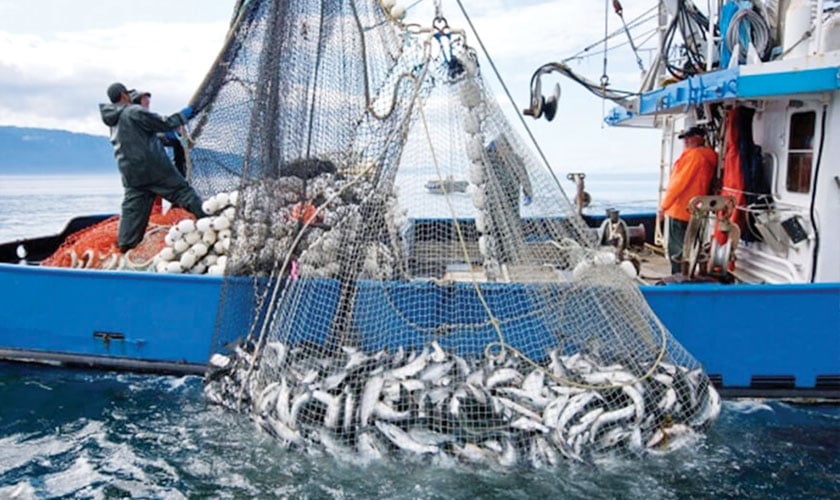
21. How Solar Boats Can Help Fishing
Integrating a solar system within a boat involves configuring it to power propulsion systems, refrigeration units, and other essential equipment, ensuring seamless operation even under variable weather conditions. For instance, in the Philippines, solar-powered fishing boats have successfully integrated solar energy with electric propulsion and fish preservation systems, significantly reducing reliance on conventional fuels. Effective energy storage solutions, with batteries or hybrid systems, are critical to maintaining power supply during low sunlight periods.
The economic analysis of solar-powered fishing boats aligns with several United Nations Sustainable Development Goals (SDGs), particularly SDG 7 (Affordable and Clean Energy), SDG 13 (Climate Action), and SDG 14 (Life Below Water). The initial investment and installation costs for solar panels and associated systems can be significant, but these are often offset by government incentives and subsidies promoting renewable energy adoption.

22. First Nation Celebrates 25-Year Salmon Farming Pact With Mowi
KLEMTU, British Columbia — Aquaculture pioneers, the Kitasoo Xai’xais First Nation in British Columbia, celebrated their 25-year partnership with salmon farmer Mowi Canada West this week, in a poignant ceremony to honour those who have made a transformative impact on their remote indigenous community. Amidst the lush backdrop of the Great Bear Rainforest, the community came together in the hamlet of Klemtu for a blanketing ceremony that exemplified the true meaning of reconciliation with Canada’s First Nations.
The Kitasoo Xai’Xais began farming and processing salmon in the late 1980’s, forming a partnership for the business with Mowi in 1998 – the first agreement developed by a salmon farming company and a First Nation in British Columbia. Today, 100 percent of BC’s farmed salmon is raised in agreement with Rights Holder First Nations. The First Nation was recently awarded the prestigious Blue Park Award, for exceptional marine biodiversity conservation.
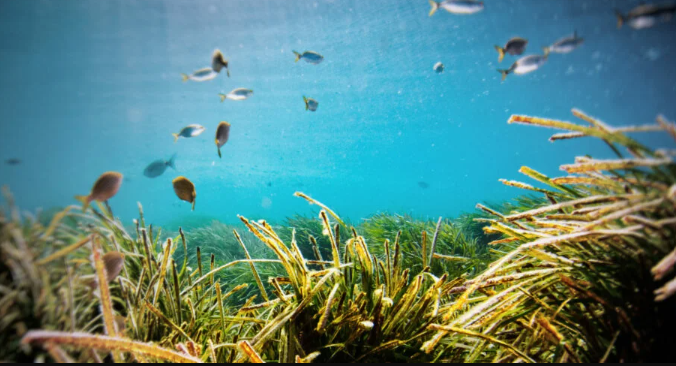
23. Saving the Mediterranean: How Are Marine Issues Addressed?
The health of Mediterranean marine and coastal ecosystems is increasingly at risk due to various threats such as pollution, overfishing, and climate change. The French Development Agency (AFD) explores the extent to which these issues are integrated into their operational strategies. AFD emphasizes the importance of sustainable development and highlights ongoing projects aimed at protecting these vital ecosystems.
By incorporating environmental concerns into broader economic and social development plans, AFD aims to foster resilience and sustainability. The article underscores the necessity of multi-sectoral approaches and collaboration between stakeholders to ensure the long-term health of the Mediterranean’s unique and diverse marine life.
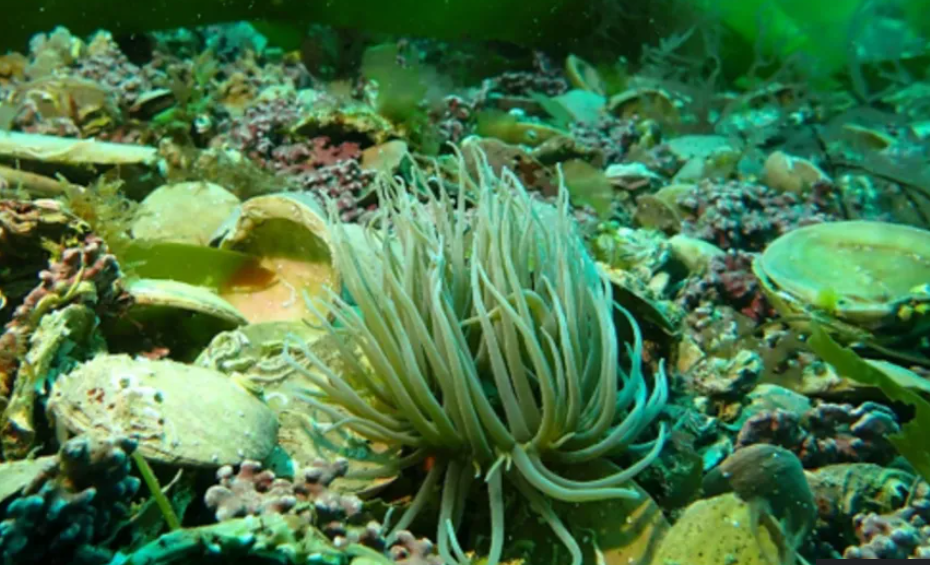
24. Divers Discover New Beds of Rare Seaweed
ENGLAND — Divers have discovered large beds of a rare pink calcified seaweed growing off the coast of south Cornwall. The areas – known as maerl beds – form the basis of marine food chains in the area, and are hugely important for the local ecosystem. Specialist survey divers found 79 different types of animal living on the maerl off the Roseland Peninsula and St Austell Bay.
Natural England, the government’s adviser for the natural environment in England, said maerl plays a crucial role in supporting fish populations and underpinning healthy fisheries, and is classed as an “irreplaceable habitat”. Nature England plans to use this new evidence on the maerl bed sites to seek better protection for these ancient woodlands of the sea.

25. What Could a Harris Administration Mean for Environmental Policy
Vice President Harris’s ascendance as the likely Democratic nominee has sent a wave of excitement through environmental advocates and climate hawks in Congress, who point to her history of investigating the oil industry and support for the Green New Deal in the Senate. Harris has a strong track record on environmental issues, advocating for comprehensive climate action and social justice. Her support for the Green New Deal and commitment to addressing environmental inequities suggest a shift towards more aggressive climate policies. The article examines how Harris’s influence could shape key areas such as renewable energy, environmental justice, and international climate agreements. It highlights the potential for transformative policies that align with the urgent need for climate action.
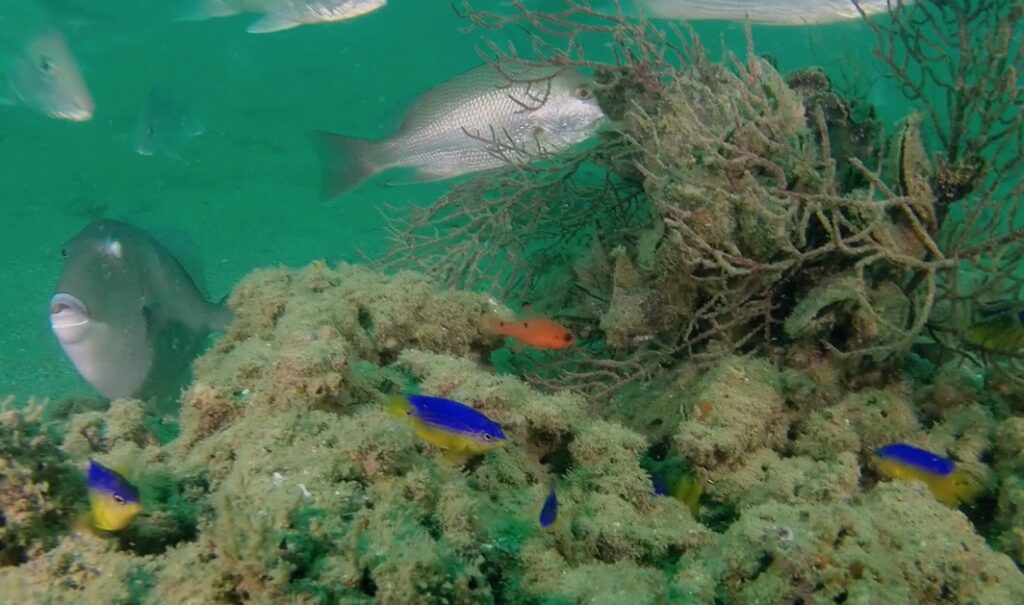
26. Legislation Introduced to Protect Alabama’s Underwater Forest
New legislation aims to protect Alabama’s ancient underwater forest, a remarkable ecological and historical site. On July 25, 2024, U.S. Senator Tommy Tuberville (R-AL) introduced the Alabama Underwater Forest National Marine Sanctuary Act. This bill would preserve a submerged ancient forest, largely comprised of cypress trees, that was discovered near Gulf Shores, Alabama, after Hurricane Ivan in 2004.
The proposed law seeks to safeguard this submerged cypress forest from potential threats, ensuring its preservation for future generations. The forest, dating back over 60,000 years, offers valuable insights into past climates and ecosystems. By protecting this site, the legislation aims to promote research and education while conserving an important natural heritage. The move highlights the growing recognition of underwater cultural heritage and the need for proactive conservation efforts.
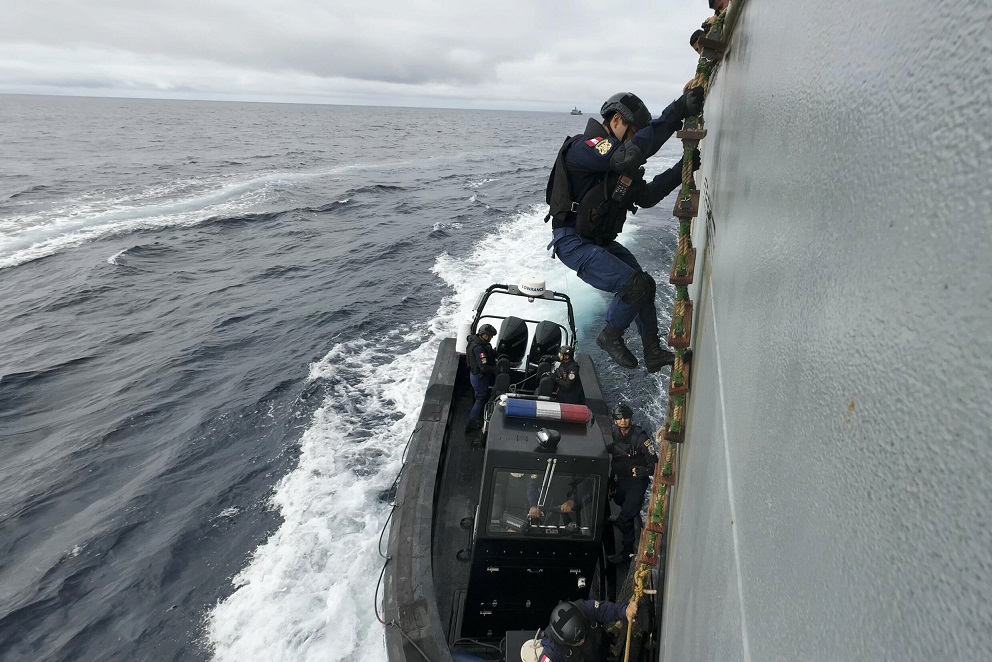
27. Ecuador’s Galapagos: From Shark Finning to Marine Conservation
The Galapagos Islands, once notorious for shark finning, are now a beacon of marine conservation. Ecuador has transformed the region into a sanctuary for sharks, promoting biodiversity and sustainable tourism. This shift was driven by stringent regulations and a commitment to protect marine life.
The conservation efforts have led to a resurgence of shark populations, benefiting the entire ecosystem. This remarkable turnaround showcases the potential for environmental recovery through dedicated protection measures. The story underscores the importance of sustained conservation efforts in preserving our natural heritage.
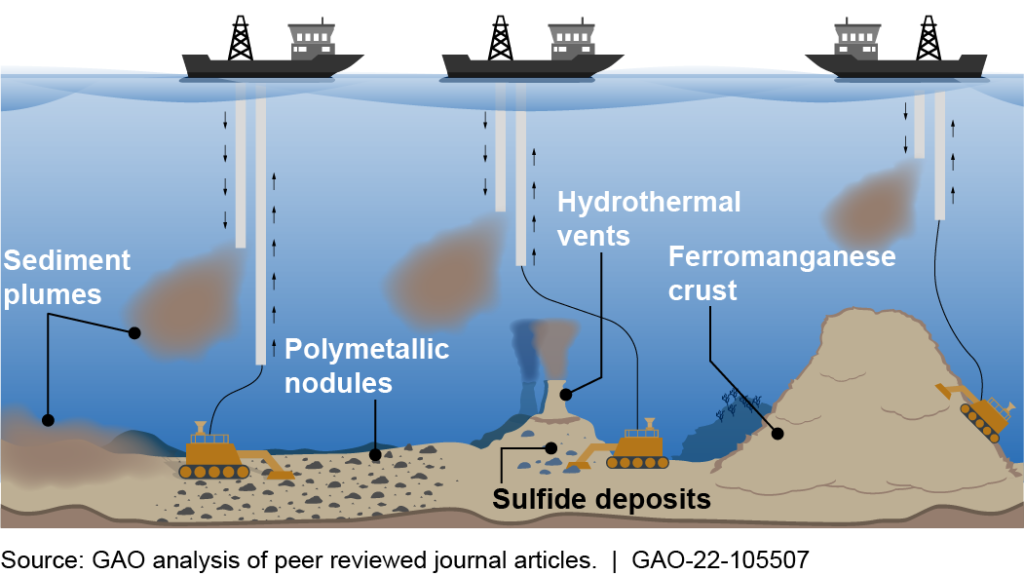
28. Laying Waste to the Deep: Parallel Narratives of Marine Carbon Dioxide Removal and Deep-Seabed Mining
The deep ocean is increasingly featured in climate solution discussions. An emerging narrative suggests that marine carbon dioxide removal (mCDR) is essential to meet global climate targets. The argument made is similar to claims that deep-seabed mining (DSM) is necessary to enable widespread electrification, in that both are framed as helping to address climate change.
We compare the structure and history of these narratives, highlighting that while potential negative impacts on marine life have emerged as a central feature in debates about DSM, environmental and social risks associated with mCDR are yet to receive similar recognition. In light of this comparison, we argue that potential harm needs to be further emphasized in considerations of deploying mCDR.

29. Time for Change: Ending Shark Tournaments in America
Shark tournaments, long celebrated in American coastal towns, are facing growing opposition due to their environmental impact. Critics argue that these events, which often result in the death of numerous sharks, are unsustainable and harmful to marine ecosystems. The call for an end to shark tournaments is gaining momentum, with advocates pushing for catch-and-release policies and alternative activities that promote shark conservation. This shift reflects a broader awareness of the need to protect these apex predators and preserve ocean health. The article highlights the cultural and environmental reasons behind the movement to stop shark tournaments.




